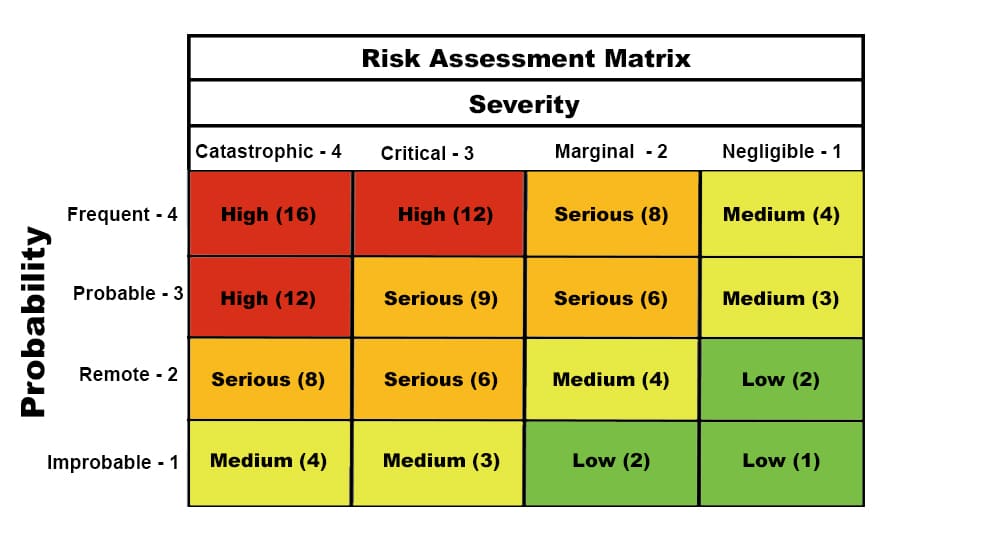RISK ASSESSMENT
Risk is inherent in any business. Managing risk is fundamental to the success of the cooperative in a world that is increasingly volatile, uncertain, complex, and ambiguous. Risk approaches have become more prevalent because of customer requirements, investors desire more information, increased regulatory and legal requirements, supply chain interruptions, cyber crime, catastrophic weather events, and product recalls.
When cooperatives leaders think about risk, consider the objective of the organization and the processes and people to accomplish such objectives. Identify the events that would threaten the accomplishment of the objectives. Rank such events based on the likelihood they would occur or the damage incurred if such an event were to happen. Determine how the cooperative will respond. Should the co-op adopt strategies to avoid the risk, reduce the risk, share the risk, or accept the risk? Create processes to track the risk, the mitigation strategy to reduce the risk, and monitoring system to assess if the responses are working.

Role of Board of Directors and Manager
When assessing risk, it is important for the board of directors and management team to understand the similarities and differences in their duties and responsibilities. Each should have understanding of sector, industry, environment and regulatory climate. Strengthening knowledge can be obtained via internet resources, consultants, industry events, and professional advisors. The board and management should work together to identify their specific responsibilities, identify the tools used to identify and manage risk and how risk and response should be measured. This will build trust and transparency in the process.
The board of directors and general manager or CEO have differing roles and perspectives when examining risk. Board members have a long-term perspective of risk, developing strategies to achieve a shared vision. The board answers to the members. As a result the board utilizes evaluation tools to measure risk and levels of risk. The culture of the organization and values of board members influence the co-op’s appetite for risk. The general manager pays continuous attention to the risk of day-to-day operations and makes decisions in the short-term that feed into longer-term strategies. The general manager should provide information to the board regarding risk concerns. The board’s understanding of information provided by the general manager of risk inside the co-op coupled with the board’s understanding of external risks provides a means for the board to evaluate the risk to the co-op.
Board Member & General Manager Perspective on Risk Management
| Board Members | General Manager |
|---|---|
| • Identify areas of focus and ranking • Focus on strategy rather than tactics • Provide periodic updates on status of industry risks • Evaluate mitigation strategies • Redirect strategic plan when required |
• Builds understanding of risks across the organization • Prioritizes risks • Prioritization of risks is basis for recommendations to the board and resources and tactics to manage risk • Connects board to business environment • Risk assessment included in decision-making process • Supports strategic planning |
Risk assessment and management can challenge the board/general manager relationship. Adequate resources need to be readily available in case of an incident. Investment in a “rainy day” fund reduces capital available for other uses. Agreeing on a risk profile can test the relationship among directors and between the board and the general manager. History of the co-op and culture of the co-op influences attitudes of risk. Personal experience and personality types impact how one responds to risk. The board needs to come to consensus on the risk profile. The general manager deals with risk day-to-day while the board is somewhat removed. The board and the general manager will need to come to agreement on the risk profile, align strategies with tactics, and determine what risks will be evaluated and how they will be measured. Good communication, respect for one another, and trust will lead to a risk management plan that supports the longevity of the organization.
